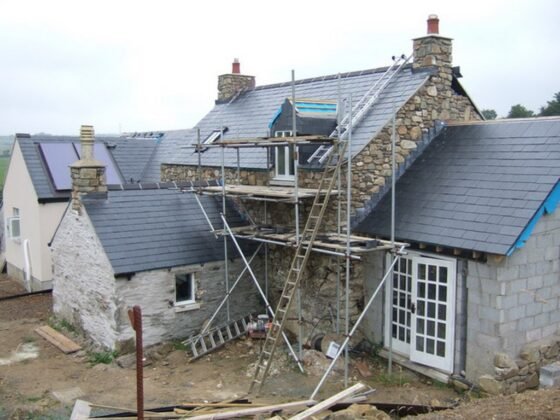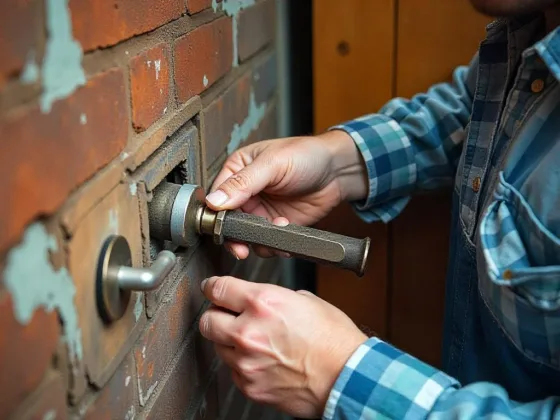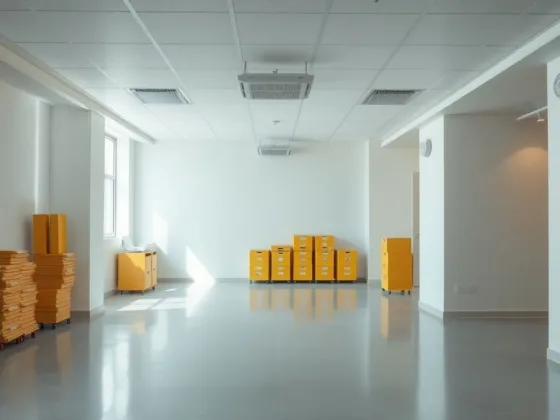Table of Contents Show
In case you have ever put drywall, you probably know that dust when sanding drywall is likely to go everywhere.
You can also have the worst experience while dealing with drywall dust, especially if you are remodeling your residential home.

During this process, most people try to protect their home equipment and furniture; they also ensure that they maintain the cleanliness of their house.
Moreover, you need to know that drywall dust is very harmful to your health. This means you must know how to reduce dust when sanding drywall.
Here’s a detailed guide highlighting what you need to do when sanding drywall.
Find the Breaks to Get Rid of Dust Via Cleaning
Ideally, it is appropriate to create breaks to get rid of dust whenever working and cleaning the dust.
This enables you to avoid dust from building up on your plastic sheets; later, you can remove the sheet with absolutely not imposing dust on other areas of your entire house.
Furthermore, during the entire break, ensure that you wipe down all the surfaces using a microfiber towel or damp cloth.
Therefore, ensure that you take breaks quite often to get rid of dust generally. However, bear in mind that this will take you a lot of time than it should save.
Wet Sanding
The best way to reduce dust when sanding drywall is to implement the technique of wet sanding.
You should have to choose the right product for the wet sanding. However, this is not considered sanding since it is not a technique that you will use on all walls and not even on your entire room, but you can practice it on compact areas.
For you to achieve this effectively, give the drywall compound sufficient time to harden; after that, wet your sponge and commence rubbing away at your compound.
Moreover, since the compound is soluble in water, you will be able to get rid of a lot of it, but you will have to put in much effort. Note that this functions appropriately in compact areas.
Read Also:
Installation of The Temporary Dust Door
If you want to do drywall sanding, this technique will be beneficial to you in the entire project.
This means you require to make a temporary door, which you can only use for sanding project purposes.
Moreover, this model of a temporary door can be from plastic featuring a zipper system.
When you are done putting your temporary dust door, close the entire windows and doors to prevent the spreading of dust from spreading and flying in your entire home.
Sheeting
This process requires that before you opt for any model of the drywall sanding, you have to ensure that you wear safety goggles and dust masks.
Goggles are similar to glasses since they create a seal, which prevents the dust from penetrating your eyes.
On the other hand, the mask prevents the dust against your mouth and nose, making breathing comfortable.
It is also perfect that you place a plastic sheeting at the area where you will be doing the sanding.
Ensure that it is taped in position all over the floor, walls, and ceiling; this guarantees you that no dust will get out of the location.
Unfortunately, you will require to get out and in of the location or even area, and when you create a way out, a little dust is likely to penetrate to the other side.
Utilize A Low-Dust Drywall Compound
The low –dust drywall compound is designated for making the dust particles that are fine to stick together, especially during sanding.
Besides, this makes the dust particles from the drywall heavier, forcing them to accumulate and drop on the floor than hanging around the air.
The low-dust drywall compound also comes with its shortcomings, making sanding a bit difficult compared to the standard joint compound.
Apart from that, it will cost you a lot of capital to buy a low-dust drywall compound, which significantly maximizes your budget when it comes to renovation.
Use A Drywall Vacuum Sander.
It is useful, and it keeps away dust from coming into contact with you. Furthermore, NIOSH statistics that examined five commercially hand-sanding vacuum systems indicate that they minimize dust exposure by 80% to 97%.
Note that the drywall vacuum has the maximum potential of sucking the drywall dust from your wall into a bucket full of water.
Bear in mind that water traps a lot of dust and minimizes the airborne drywall particles from dust.
You must also know that this tool does not function in large scale projects since the suction makes the sander’s moving along your wall surface challenging.
In case you purchase this tool to sand drywall the entire home, you will need to spend a few weeks to accomplish it all, and this possible only if you have a lot of time.
It functions on a large-scale project, but you will spend a lot of time on your drywall sanding project.
Use Your Windows
Most houses have windows almost in every room. Therefore, you must make good use of those windows, especially the one in the room you work on, to ensure sufficient ventilation, enhancing air circulation.
This will reduce the dust particles accumulating in your entire house or wherever you will be carrying out the project.
You can also opt to choose a window from the other end of your workplace and have the window fan installed.
This will allow you to maintain the dust inside your functioning location, preventing the dust from accumulating your entire house.
Conclusion
You must know it is not easy to achieve a dust-free drywall sanding by 100%.
However, if you follow the factors mentioned above, you will likely minimize the drywall dust, thus achieving a perfect sanding experience.
Ensure that you put extra effort into dust prevention before you commence working. This will make your work more comfortable with minimal hassling.
I hope you are now familiar with how to reduce dust when sanding drywall, you can now confidently carry out your project.









